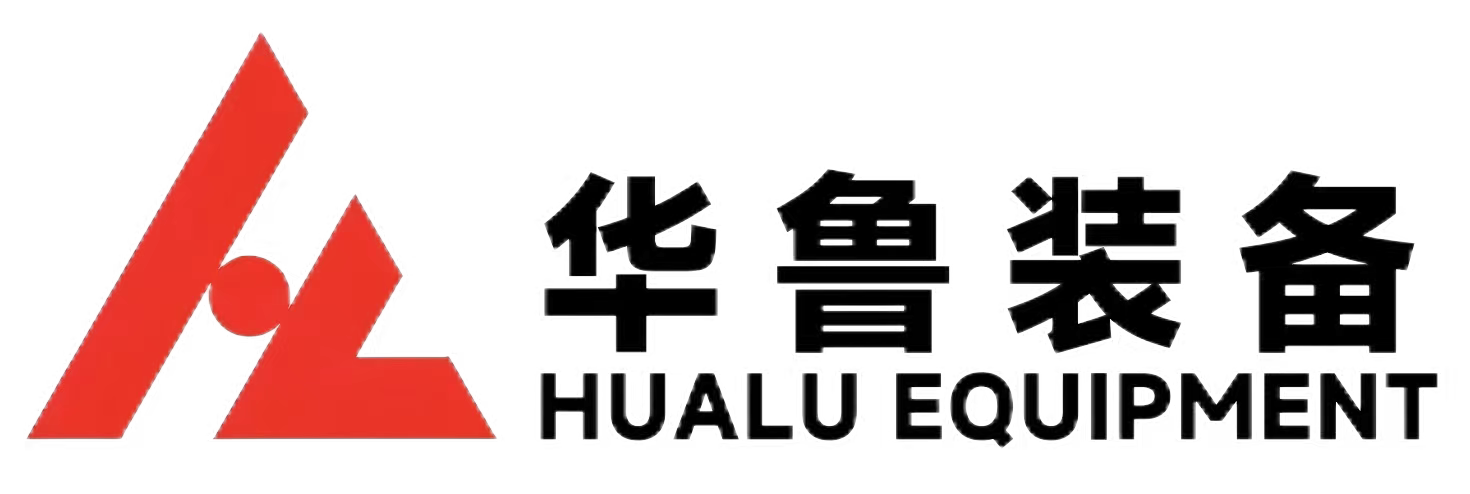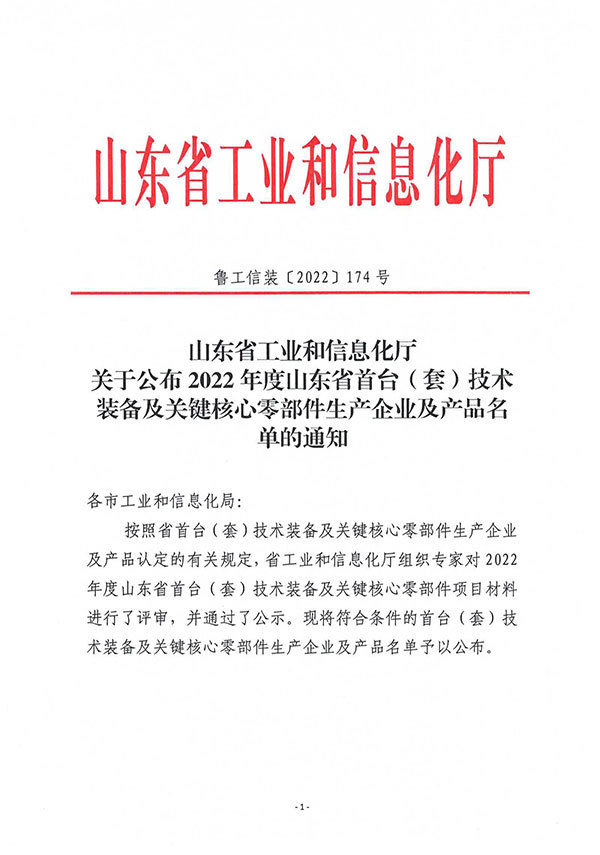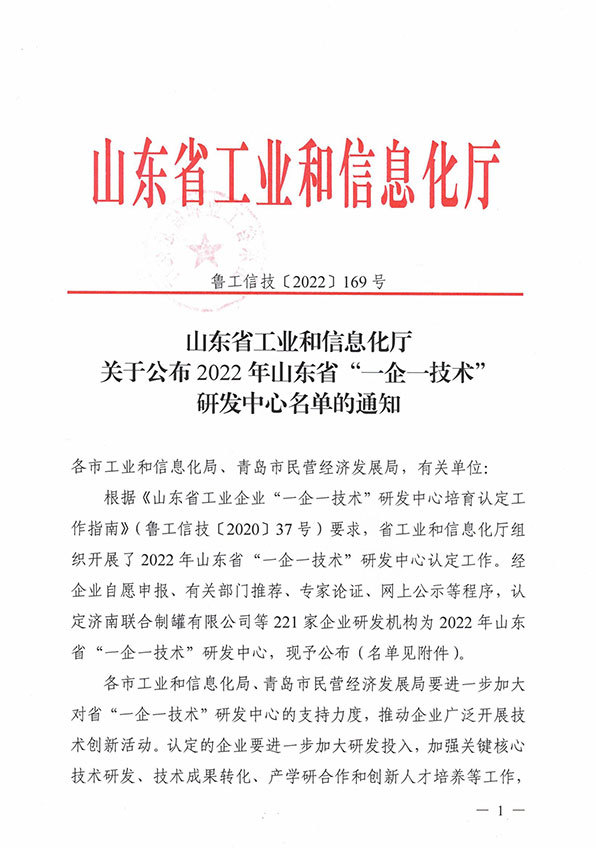How to adjust the blade gap of the shearing machine?
plate shearing machineUsually used for cutting straight edge blanks. They relieve stress by vibration aging. It has good rigidity and stability, and is loved by the majority of manufacturers. So, do you know the specific adjustment method of the blade gap of the shearing machine? Next, I will give you a detailed introduction.
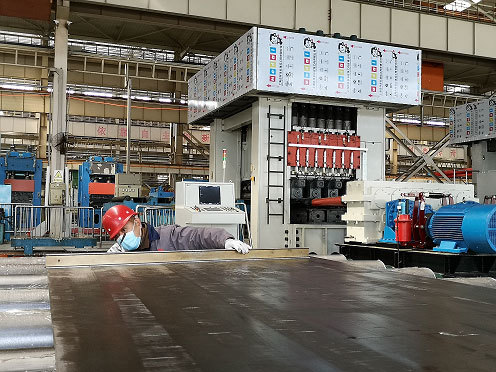
1. adjust the blade gap according to the cold die blanking gap value
As we all know, the blanking gap is generally 6 ~ 8% of the material thickness (the bilateral gap is 1.00mm thickness). The cutting edge clearance of the shearing machine can be half of the bilateral clearance value, that is, 3 to 4% of the material thickness.
Due to the structure of the shearing machine, it is easy to make knives when cutting plates. Therefore, the clearance of the cutting edge can be smaller, so that the burr of the cut material is smaller.
2. look at the state of the shearing machine, whether it is changing knives, repairing knives or all chaos.
The blade gap of the shearing machine cannot be adjusted by anyone. Professionals should try not to adjust themselves. Before adjusting the blade clearance, we should first check the status of the equipment after blade replacement and maintenance. If everything is confusing, you need to adjust step by step.
1. Adjust the indication to 50 lines, use the feeler gauge to adjust every other grid from the beginning, adjust the other one that has not been adjusted from the beginning, and adjust the knife edge indication to zero.
2. Carefully adjust. In the zero state, ensure that the three lines can enter and the five lines cannot enter. One or both screws should be pulled out. Be careful, or you'll bite the knife.
3. If it is an old car, please fine-tune it until the feeler gauge can hold ten wires, but not twenty wires. Or make appropriate adjustments according to 1/10-1/20 of the required sheet metal thickness.
4.plate shearing machineWhen the cutting edge is sharp, if the cutting edge of the shearing machine has burrs, the gap between the upper and lower blades can be appropriately reduced.
The blade of the shearing machine is one of the parts that can be easily damaged. Common faults include broken mouth, unable to rotate, weak knife loading ability, etc. Today, Aijiu Library will first introduce the causes of blade collapse and specific maintenance methods, hoping to help you.
Main Causes of Blade Crashing of 1. Shearing Machine
1. There is a problem with the blade material of the hydraulic shear.
2. The blade edge clearance is not adjusted correctly.
3. The gap between the upper and lower blades is not in the corresponding position of the cutting material.
4. The strength of the wall plate of the shearing machine body is insufficient.
5. Due to grinding, the feed of some material blades is too large.
2.plate shearing machineMaintenance Procedure for Blade
1. Before each start, the lubricating oil shall be filled regularly and quantitatively according to the requirements of the lubrication chart. The oil should be clean and free of deposits.
2. Regularly replace and fill the motor bearing lubricating oil, and regularly check that the electrical part works normally, safely and reliably.
3. Regularly check whether the cutting edge triangle belt, handle, knob and key are damaged. If the shear blade wear is serious, it should be replaced in time and reported for spare parts.
4. The shear gap should be reasonably selected according to the thickness of the plate.
5. There shall be no impurities or hard objects on the board.
6. Avoid cutting and welding old plates.
7. Avoid thick plate shear beyond the limit. Regularly adjust the gap between the upper and lower blades.
Latest developments
